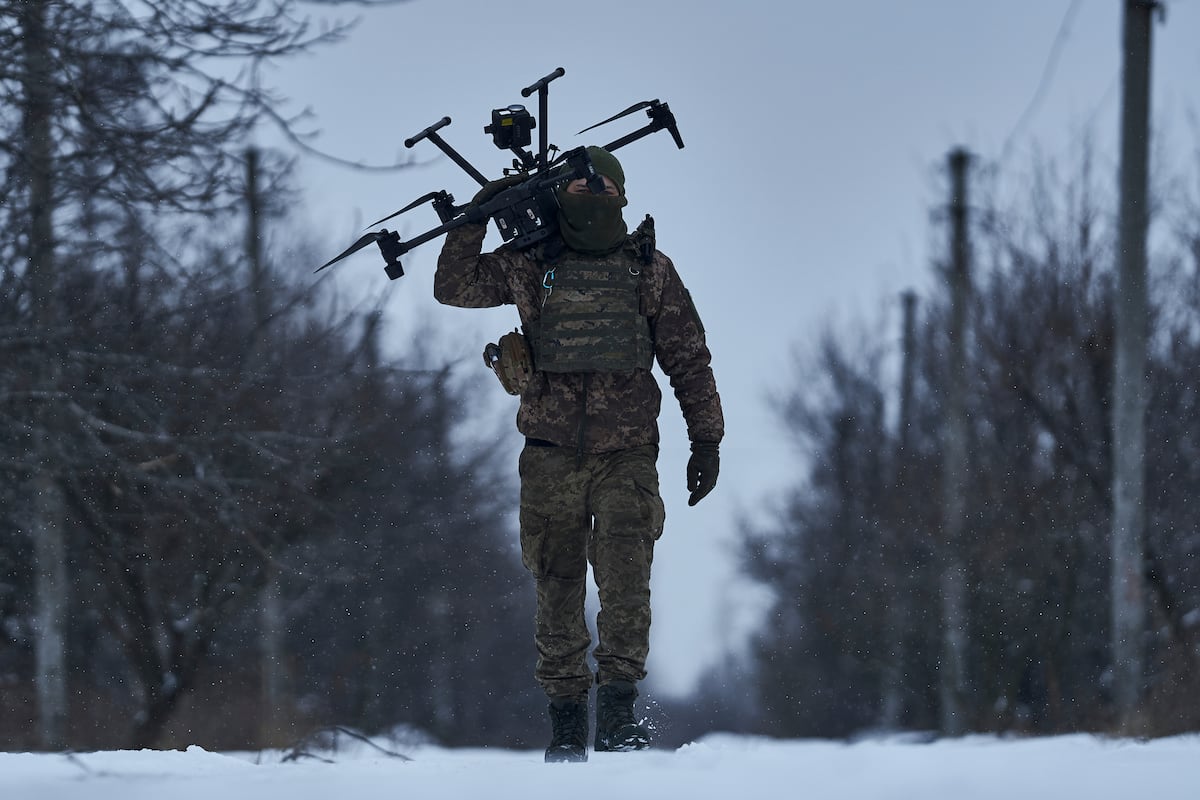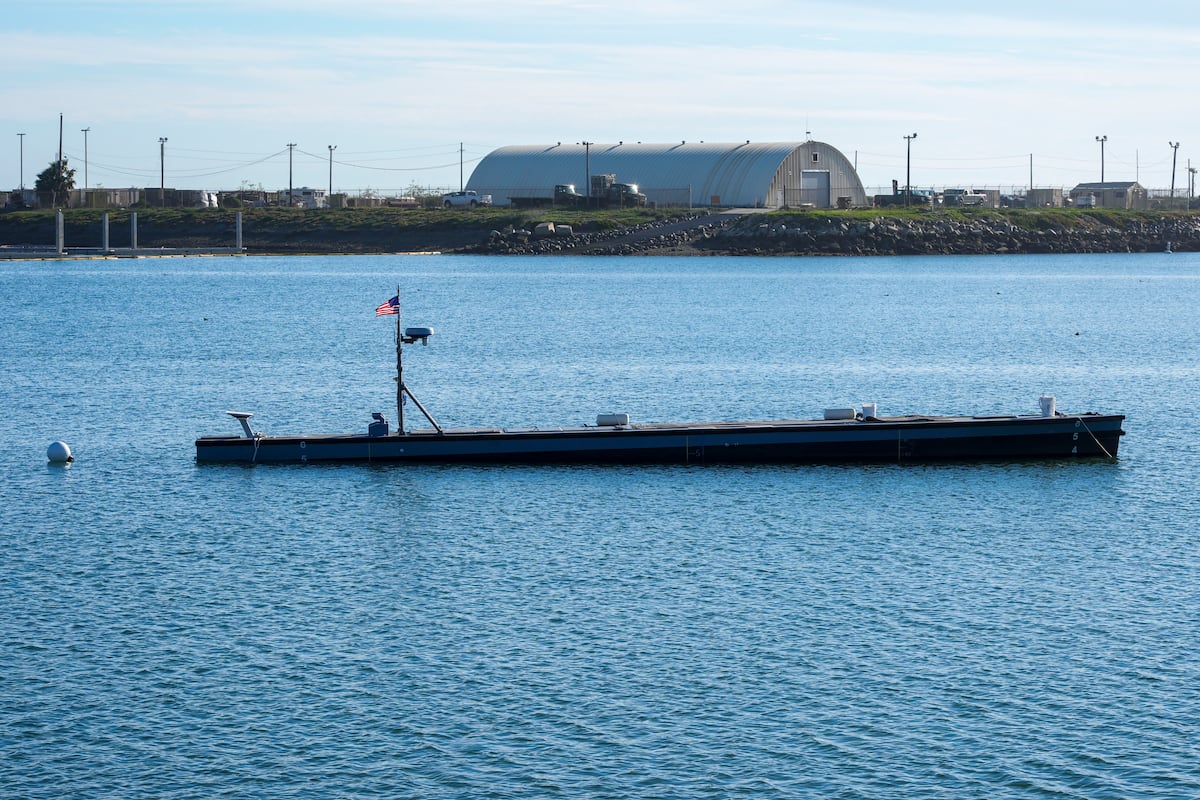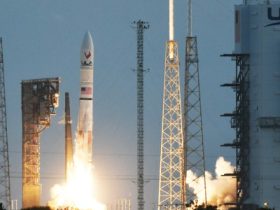After more than two years of conflict in Ukraine, it is obvious how lower-cost, more easily producible, advanced technologies — notably unmanned systems — are giving the Ukrainian military an asymmetric advantage against a much larger and more heavily armed foe.
While many aspects of Russia’s invasion of Ukraine resemble World War I — trenches, barbed wires, heavy exchanges of artillery — the innovative use of drones has been game-changing. Unmanned systems are altering the character of warfare, and the ongoing integration of AI and robotics will further accelerate this dramatic shift. It is why these were my top modernization objectives during my tenure as Army secretary and secretary of defense.
The potency of unmanned systems is most pronounced when it comes to small aerial drones — essentially robots — that are used today to conduct the same tasks that soldiers performed in the past: reconnaissance, surveillance, targeting and direct attack. But they do it far more efficiently and accurately. For instance, when I was a platoon leader decades ago, it typically took a couple infantrymen to destroy a tank at a max range of 3,750 meters. Today, an unmanned aerial vehicle (UAV) can do the same at far greater distances, with better success, and at much less cost.
To date, Ukraine has destroyed over 10,000 Russian vehicles, nearly one-third of which are tanks. Many of these were killed by UAVs. Ukraine has also had great success using unmanned surface vehicles to sink or damage a number of Russian ships in the Black Sea.
The introduction of drone swarms — think of dozens or hundreds of UAVs being employed simultaneously — will make the battlefield more lethal than ever before. From a production perspective, generating such a number is not an arduous task. At a gathering this summer of the Aspen Strategy Group that focused on AI, I co-led a panel discussion where one former U.S. official reported that Kyiv is acquiring well over 50,000 drones a month. The speed and cost at which the Ukrainians can do this compared to the United States is shocking.
As important, because the software on these drones is easily modified, Ukraine’s military can keep up with the changing threats and tactics of the modern battlefield. This is something many of our existing platforms, which are defined — and usually trapped in time — by their hardware, often cannot do. The good news is that this can be remedied with more investment in American innovation and process changes.
AI is also revolutionizing a wide range of administrative and logistical functions far removed from the front lines. It will do what AI does best: improve the speed, accuracy, cost and quality of decision-making. Artificial Intelligence can be used for preventive maintenance to reduce the likelihood of equipment breaking down during the fight; it can ensure the right supplies get to the right place at the right time; it can improve talent management in the force; transform supply chain risk management in the defense industrial base; and the use of large language models can hyperpower military staffs. This is the future for a broad range of ordinary military tasks, in addition to enhancing our warfighters’ effectiveness and survivability on the battlefield.
All this demands that DOD accelerate its across-the-board adoption of AI and advancement of robotics and autonomy. It is an asymmetric advantage the U.S. must master first and retain preeminence over. This means investing far more in these technologies, adopting commercial standards and processes as much as possible, capturing all the department’s data in a central repository, prototyping and testing far more aggressively and showing a willingness to deploy needed systems even when one’s confidence level is less than 100%. At the same time, the Pentagon must continue to do these things responsibly, beginning with the ethical principles for AI that I established in February 2020.
As the war in Ukraine rages on, we must heed the lessons from it and do everything in our power to ensure our military has the advanced AI, robotics and autonomy tools it needs to fight — and win — the battles of tomorrow. Doing so, and with a far greater sense of urgency, will serve us incredibly well in any future conflict; especially if we must face off against our greatest strategic threat today — a People’s Republic of China — with the world’s largest and most concentrated armed forces.
Dr. Mark T. Esper was the 27th secretary of defense and author of the New York Times bestseller, “A Sacred Oath: Memoirs of a Secretary of Defense During Extraordinary Times.” He is also a partner and board member in the AI venture firm Red Cell Partners.
Read the full article here








Leave a Reply